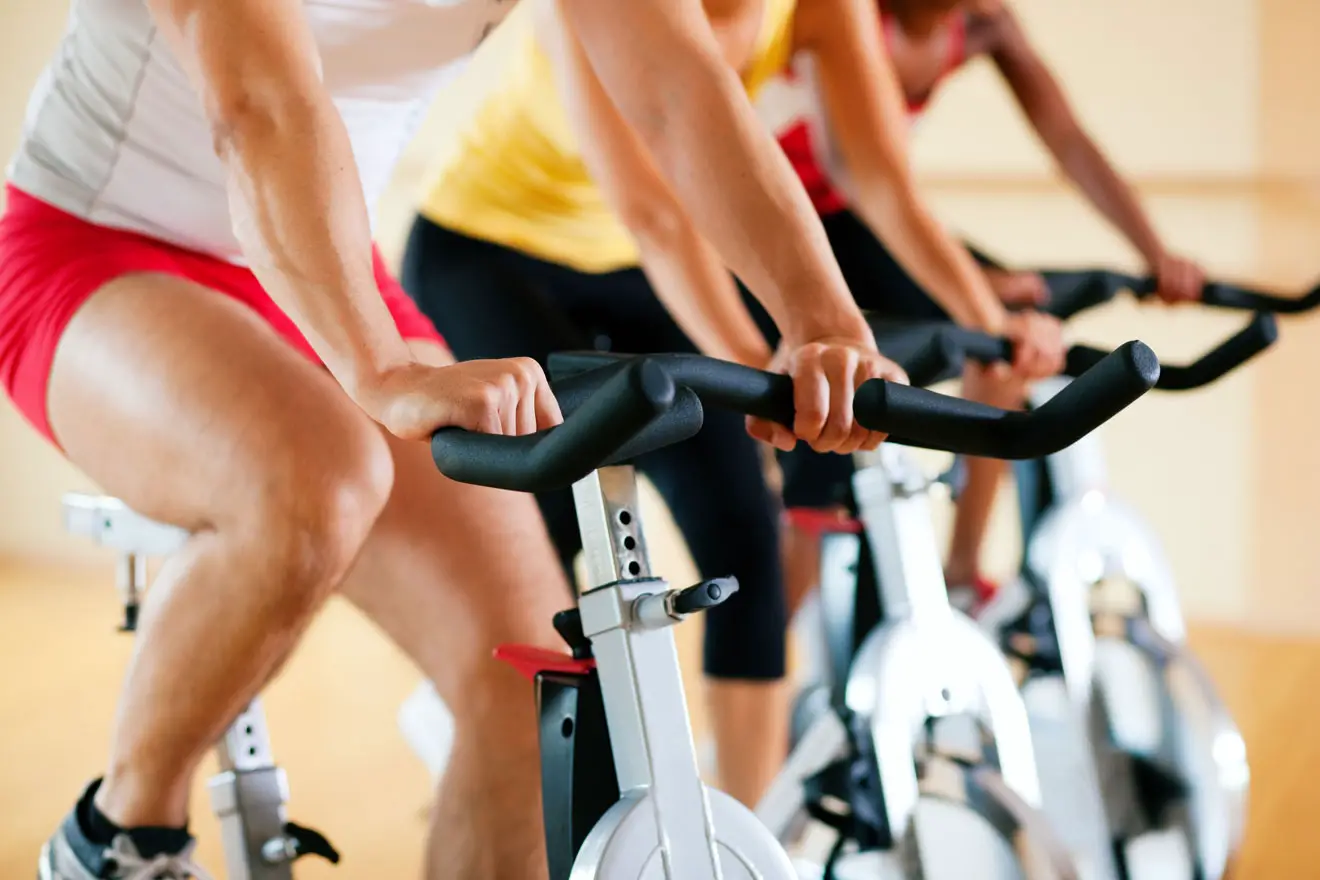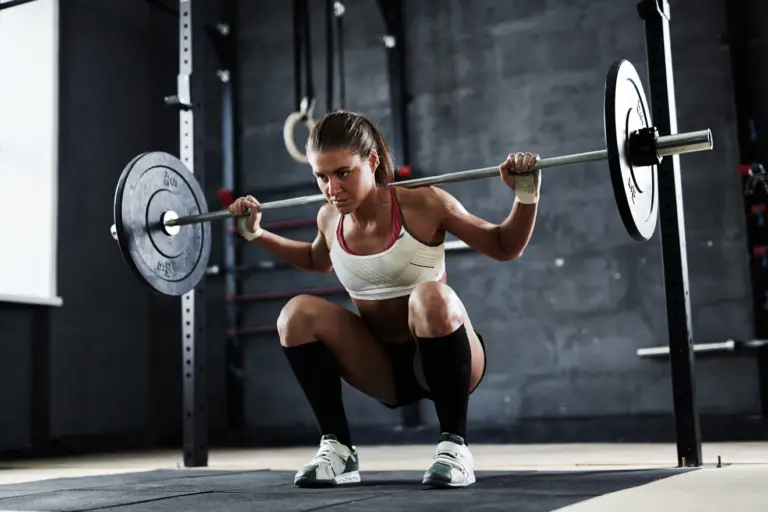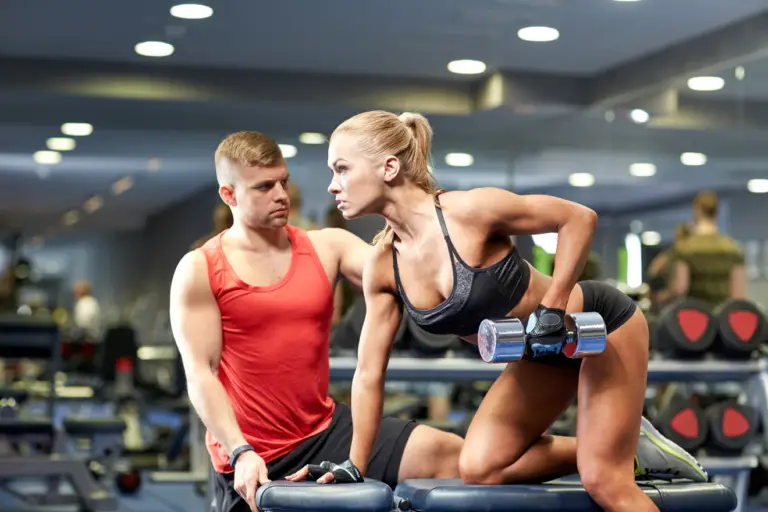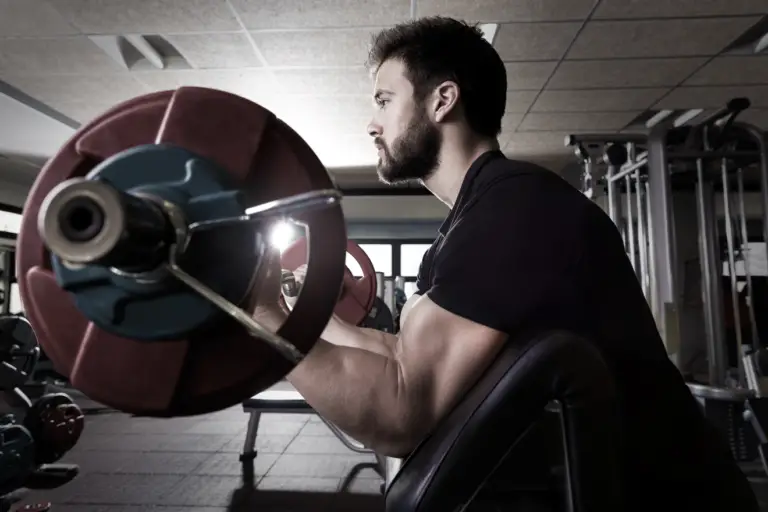How to warm up
Why should you warm up?
Warming up is probably much more important than you realize. While it is important to know how to warm up properly, you should also know why you should warm up. Warming up before a workout will help you to:
- Increase your body temperature
- Lubricate your joints
- Increase blood flow to your muscles
- Loosen your muscles, joints, and connective tissues
- Improve the elasticity of your muscles, enabling them to work harder, more efficiently, and for longer before they fatigue
- Allow nerve impulses to be transmitted faster
- Increase your mental alertness and awareness
- Prepare mentally for your workout
- Rehearse proper form and technique
- Establish a mental connection with, and ‘pre-activate’, the target muscle group
All of the above will reduce your chances of sustaining an injury and increase your body’s ability to work and therefore make gains. Warming up can also boost your arousal and motivation.
How to warm up properly
I recommend the following warm-up sequence:
- Perform 5 to 10 minutes of dynamic stretching (explained below)
- Do some cardio for 5 to 10 minutes on the treadmill, elliptical cross-trainer, rowing machine, or exercise bike. Make sure to break into a sweat
- Warm up the target muscle group(s) with a light set using approximately 50% of the weight that you will be using in the workout
- Do a heavier set using approximately 75% of the weight that you will be using in the workout
You can then start your workout with less of a chance of injury.
Note that the heavier the weight you will be using in the workout, the more warmup sets you will have to do to prepare your target muscles for the heavy weight. For example, if it is leg day and you have to squat 250 pounds, you should do a few squats each using, for example, 150 pounds, 175 pounds, 200 pounds, and 225 pounds. On the other hand, if you will not be lifting very heavy weights, two lighter sets, as described above, should be more than enough to get you warmed up and ready to start.
Must you warm up every muscle group?
Depending on your training program, you will most likely have to train different muscle groups in each workout instead of just one muscle group. For example, Monday might be back and biceps; Tuesday might be chest, shoulders, and triceps; and Wednesday might be legs and core. You may therefore be wondering whether you have to perform warmup exercises for each muscle group.
If you’re training your back and biceps, you only need a single compound horizontal pulling exercise (for example, the seated cable row) to warm up all of the day’s target muscles. The reason is that compound horizontal pulling exercises involve your back, posterior shoulders, and elbow flexors (biceps brachii, brachialis, and brachioradialis). Indeed, this is also the very reason that people often train back and biceps together. Similarly, if you’re training your chest, shoulders, and triceps, you only need a single compound horizontal pushing exercise (for example, the push-up) to warm up all of the day’s target muscles. The reason is that compound horizontal pushing exercises involve your chest, anterior shoulders, and triceps.
If you’re training muscle groups that do not work together, such as opposing muscle groups (for example, chest and back), then you will need a warmup exercise for each one.
To learn in detail what muscles are activated by different types of exercise, see the Muscle Activation Guide.
Pre-activation movements
Having a strong mind–muscle connection as you train is believed by some to help recruit more muscle fibers, leading to greater gains. Therefore, you should always be focusing on your muscles and the movement patterns as you train, and you should strive to establish the connection in the warmup. The compound warmup exercises will usually suffice to make the connection; however, some people find making the connection with certain muscles difficult, in which case they employ pre-activation movements for assistance. Pre-activation movements can be compound or isolation exercises — basically, any exercise that helps the individual to make the mind–muscle connection. For example, to activate the glutes, ladies might use the weighted one-leg hip thrust, whereas to activate the lats, men might use the one-arm lat pull-down.
What is dynamic stretching?
The warmup procedure I recommended above starts with 5 to 10 minutes of dynamic stretching. Dynamic stretching is different from the type of stretching with which you are probably familiar, known as static stretching. Static stretching involves holding a position for 30 or so seconds in order to elongate the muscle. Dynamic stretching, on the other hand, is a newer variation of stretching that involves performing fluid, controlled movements that take your joints safely through their full range of motion without stretching the muscles. See the videos below for demonstrations.
You should perform dynamic stretching and not static stretching as part of your warmup sequence because the latter can impede the performance of your muscles, as well as lead to an injury when done before your muscles and joints are warmed up. Note, however, that static stretching is recommended after your workout.







